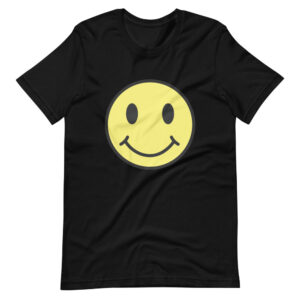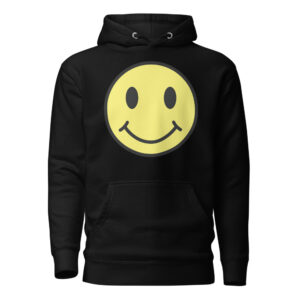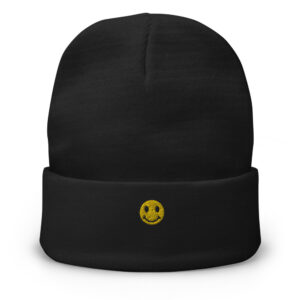-
×
 Have a Nice Day T-Shirt
1 × $111.00
Have a Nice Day T-Shirt
1 × $111.00
Embracing Simplicity in Everyday Wear
Simple dressing has re-emerged as more than a style—it’s a conscious decision. As people move away from fast fashion and chaotic trend cycles, they are embracing a quieter, more intentional way of getting dressed. The return to simple fashion signals something deeper than aesthetics; it’s a response to a cultural desire for clarity, comfort, and authenticity.
Why the Return to Simple Fashion Rejects Overconsumption
The rise of simplicity in fashion reflects a larger resistance to constant consumption. Once, wardrobes were dictated by rapid trend turnover and weekly hauls. Now, more people are questioning the value of buying for the sake of novelty.
This rejection of overconsumption isn’t just about saving money or space—it’s about mental clarity. The return to simple fashion often begins when a person wants to stop feeling overwhelmed by choices. Simplicity becomes a way to regain control.
A Real-Life Style Rooted in Simple Fashion
This pared-back approach doesn’t mean giving up style. On the contrary, it’s a style grounded in functionality and ease. The modern minimalist closet includes tailored trousers, breathable knits, clean sneakers, and neutral-toned outerwear. These are garments that work hard but don’t shout.
Everyday dressing becomes easier, more consistent, and more expressive—not through bold colors or trends, but through thoughtful combinations and trusted staples.
The Influence of Public Figures
Celebrities and influencers have played a key role in normalizing this return. Think of Sofia Richie’s clean lines and quiet luxury moments, or Kendall Jenner’s soft, neutral everyday looks. These women wear repeat pieces and embrace outfits that prioritize fit and fabric over flash.
Their understated choices have made simplicity aspirational. And they’ve done it by making simple fashion feel warm, lived-in, and subtly elevated.
Emotional and Cultural Relevance
More than ever, clothing is being used to express mood and identity. Simple fashion gives people space to feel grounded and unbothered. It reflects a desire to opt out of the performance of fashion and instead find joy in self-alignment.
The return to simple fashion is a sign of deeper cultural currents: from hustle culture fatigue to the growing appeal of slower, more intentional living. Clothes that don’t demand attention are now seen as powerful in their restraint.
Minimalism with a Human Touch
Unlike older versions of minimalism that often felt cold or stark, today’s simplicity is more emotional. It includes soft tailoring, natural textures, and comfort-driven silhouettes. It’s minimalism with a soul—less about precision, more about personal ease.
People are no longer chasing perfection in their looks. Instead, they’re choosing pieces that let them feel like themselves, whether they’re running errands or heading to work.
Not a Trend, But a Shift
This return isn’t just another wave in the cycle—it’s a genuine cultural pivot. While maximalism still exists, the hunger for quieter fashion feels lasting. Simple dressing makes room for sustainability, individuality, and emotional clarity.
We may see variations over time, but the foundation will stay. And for many, that’s the whole point: a wardrobe that reflects a consistent sense of self, not a rotating cast of borrowed identities.





